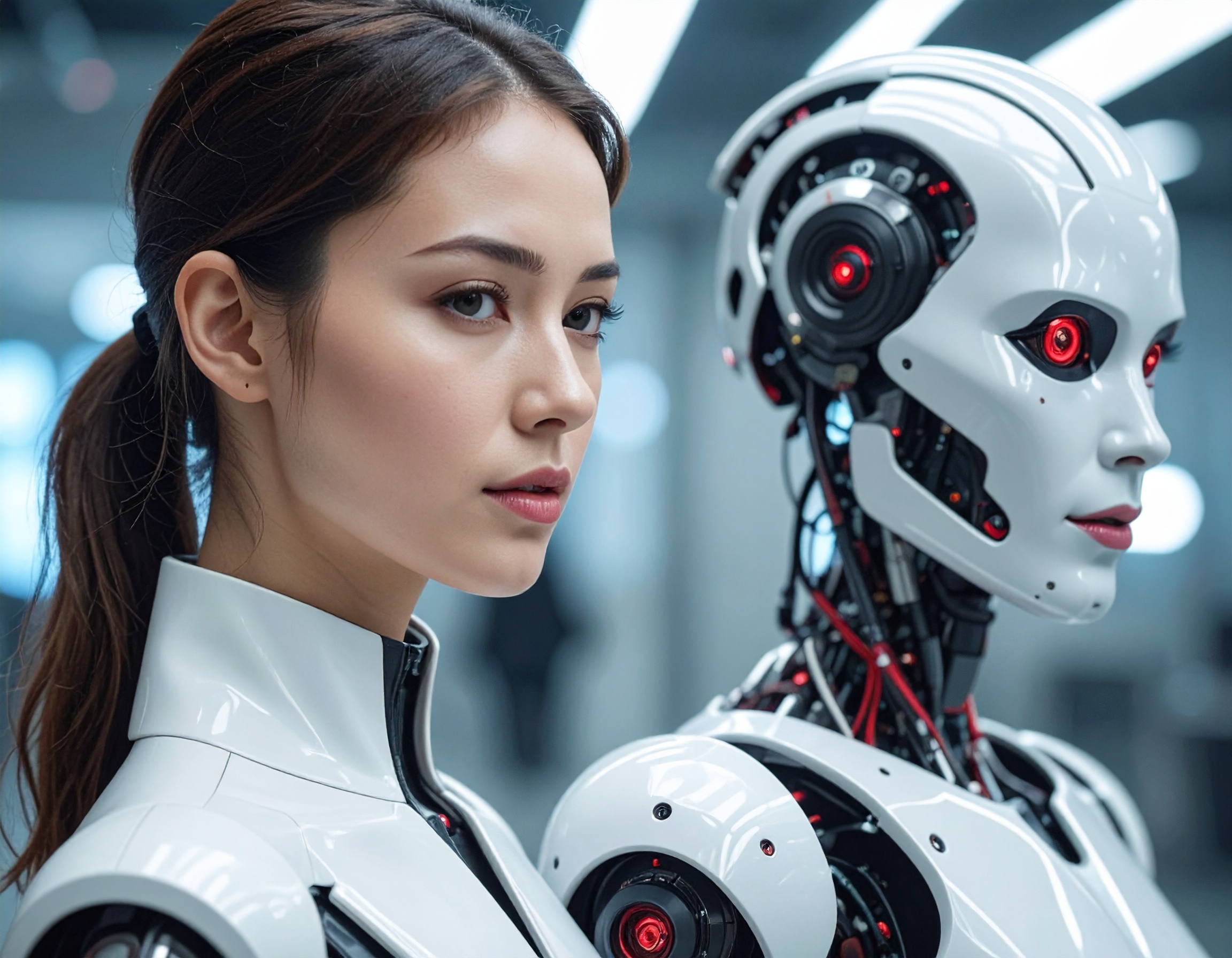When Robots Blink: China Unveils Ultra-Lifelike Robot Face, Blurring Lines Between Human and Machine

A New Milestone: The “Creepy” Robot Head Revealed
In early October 2025, Chinese robotics startup AheadForm grabbed attention by releasing a video of an ultra-realistic robotic head that blinks, nods, and shifts its gaze with uncanny subtlety. The project is part of the company’s broader ambition to merge advanced AI systems with expressive, humanoid hardware — potentially creating AI Employees or Non-Human Workers that feel more “alive” when interacting with people.
The head, which the firm calls the “Only Head” version of its Origin M1 model, integrates up to 25 brushless micro-motors beneath synthetic skin to create delicate facial movements. Embedded cameras in the eyes, microphones, and speakers allow it to sense its environment and engage in interaction.

What Exactly Happened — and Why It Matters
AheadForm’s demonstration signals a turning point in how we think about robotics and human–machine interaction. Rather than limiting robots to rigid, mechanical faces, this project pushes toward machines that can express tiny emotional cues — the kind of movements humans unconsciously read. That shift matters deeply if robots are to serve in roles like customer service, therapy, education, or companionship.
Key facts and implications include:
- Human-level facial nuance: The 25 motors allow movements like blinking, subtle squints, and eye shifts — previously difficult to replicate naturally.
- Sensor fusion for responsiveness: With cameras, microphones, and speakers built in, the head can perceive its surroundings and potentially respond — a stepping stone toward Voice AI Agents embodied in robots.
- Prototype stage, not commercial: AheadForm says the head is still in development and not yet available for mass deployment.
- Broader industry relevance: This work complements wider efforts globally to bridge the “uncanny valley,” improve human trust in machines, and deploy robots in social or service settings.
- Ethical and psychological questions: The lifelike quality provokes debate — some viewers find it unsettling, raising concerns about deception, emotional manipulation, and what it means to trust a machine.
What’s Next & Why You Should Care
This unveiling is more than a tech novelty — it’s a signpost for the future. As robots evolve from rigid tools to expressive agents, they may become AI Employees that perform social tasks or Non-Human Workers interfacing directly with humans. And when those agents speak, hear, and emote (i.e. function as Voice AI Agents embodied in a realistic face), the boundary between machine and companion starts to blur.
In the coming years, the trials won’t just be technical (getting movement smooth, eyes lifelike, speech synced) — they’ll also be social: will people accept machines that mirror human subtlety? How will regulations, trust, and ethics adapt? AheadForm’s reveal offers a preview of that contested landscape.
Key Highlights:
- In October 2025, AheadForm unveiled a highly realistic robot head that can blink, nod, and move expressively.
- The model (Origin M1 “Only Head”) uses 25 micro-motors plus embedded cameras and mics.
- It represents progress toward embodied Voice AI Agents and believable AI Employees.
- The system is still experimental and not commercially available.
- Its realism prompts deep questions about trust, interaction, and the future role of Non-Human Workers.
Reference:


